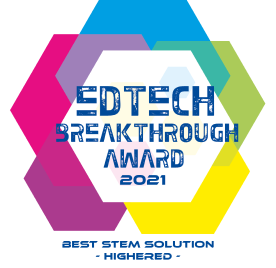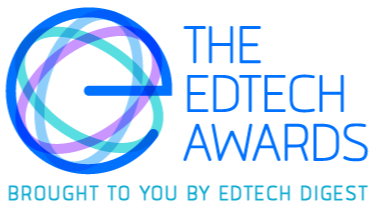AI-assistance helps make grading easier, more efficient and more fair by allowing instructors to score and give feedback on groups of similar responses at once.
How we use AI
Give instructors tools that streamline manual grading processes, so they can spend more time teaching.
Some assignments and exams include handwritten calculations, codes, diagrams, proofs and more. Turnitin AI technology identifies and transcribes these responses to take the administrative work out of grading.
Advanced forms of plagiarism are difficult to identify from contract cheating to word spinning and bot writing . Using AI to compare writing styles, Turnitin insights help indicate authorship. Authorship profiles use forensic linguistics and bot writing identification uses detectors built from models such as GPT-3.
With AI, written and hardcopies of exam templates can be converted into electronic tests, helping streamline assessment. We combine vision-based machine learning with PDF parsing techniques to perform document understanding tasks, which are used to create an electronic version of the exam.
Whether an essay is in draft-mode or in review, Turnitin AI flags areas for improvement and guides students through feedback. Essay analysis is performed with a suite of deep learning models, from BERT-based language models to CNNs, with advanced NLP tooling and statistical modeling.

![[eric_wang_headshot:MEDIASTORE_LEAF]@7074c080](../../../assets/images/shared-assets-1/photos/eric-wang-headshot.png)







